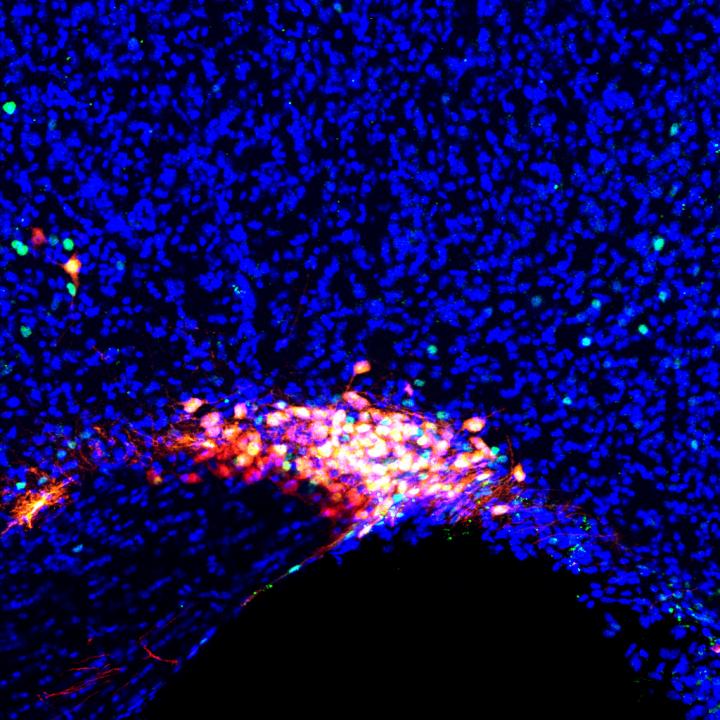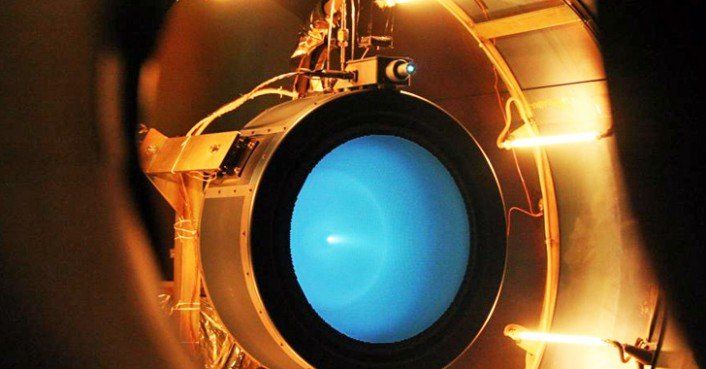It’s self-taught.



A medical miracle happened about 170 years ago when scientists discovered general anesthesia that enables millions of patients to undergo invasive, life-saving surgeries without pain. However, in spite of decades of research, scientists cannot understand why general anesthesia works.
In a new study published online in Neuron, scientists believe they have discovered the part of the answer. A team of researchers from a Duke University found that several different general anesthesia drugs knock out the patient by hijacking the neural circuitry that the person falls asleep.
They traced this neural circuitry to a tiny cluster of cells at the base of the brain responsible for churning out hormones to regulate bodily functions, moods, and sleep. The discovery is one of the first to indicate a role for the hormones in maintaining the state of general anesthesia and provides valuable insights for generating newer drugs that could put people to sleep with fewer side effects.
Ryan Weed updates the work at Positron Dynamics at Space Access 2019. Positron Dynamics has completed the NASA NIAC study. They are applying for some Small Business Innovation Research (SBIR) grants.
Positron Dynamics will use Krypton isotopes to generate positrons. They would breed more Krypton isotopes. They sidestep the issue of antimatter storage. It would take 10 school buses of volume at the Brillouin limit to trap 1 microgram.
They are slowing the positrons that are generated. Krypton 79 isotope to generate hot positrons. Use their system to moderate the positrons so they can be used.

The rumors were true. Microsoft has announced an Xbox variant with no optical disc drive called the Xbox One S All-Digital Edition. It looks the same as any other Xbox One S with the important distinction that there’s no drive slot on the front. Microsoft will push game downloads, and it’s including a few of them free with the console. That might nudge some people to drop $250 on the device when it launches in a few weeks, but the pricing still seems too high.
Without the optical drive, Microsoft’s new game console won’t be able to play your existing game discs or Blu-ray movies. However, any digital Xbox content you own will be available on the All-Digital Edition. This seems mainly like a play to attract new gamers who don’t have a giant library of now-useless discs. It also ties neatly into the recently unveiled Game Pass subscription and xCloud game streaming tech.
The All-Digital Edition console comes with free downloads of Sea of Thieves, Forza Horizon 3, and Minecraft. Microsoft also stresses that all your games, saves, and backups are available in the cloud. You’ll just need a speedy internet connection to access them on short notice. You can at least pre-load new games on the All-Digital Edition to start playing them as soon as they’re live. That might be even faster than popping in a disc that requires installation and patching on launch day.


This week, I discuss something rarely talked about, how human beings have an advantage over AI and automation and the great opportunities that this technology revolution will bring.
The good news is, this is a time of great opportunity, but it’s also a time of massive change and disruption for many people and a lot of companies.

Circa 2018
Lockheed Martin quietly obtained a patent for what could be a game-changing nuclear fusion reactor, one that could potentially fit into a fighter jet.
If the latest patent from defence manufacturing giant Lockheed Martin is anything to go by, nuclear fusion technology could revolutionise the future of travel.
For those not in the know, a nuclear fusion reactor is one of the holy grails of science, promising to replicate the inner workings of the sun in a confined reactor, capable of generating huge, near-limitless amounts of energy cheaply with no environmental impact.

Circa 2013
A team from MIT are developing thrusters powered by ionic wind as an efficient alternative to current conventional atmospheric propulsion technologies.

The health benefits of raw, unprocessed honey are well known, but in Australia, scientists recently made a startling discovery – that one particular, obscure type of honey is capable of killing just about everything scientists throw at it, including some of the worst bacteria known to man.
The findings were published in the European Journal of Clinical Microbiology and Infectious Diseases (June 2009 edition), and could hold special significance at a time when many of the world’s top antibiotics are failing, especially against resistant “superbugs”.
The honey in question is known as manuka honey, which is produced in New Zealand and also goes by the name of jelly bush honey.
